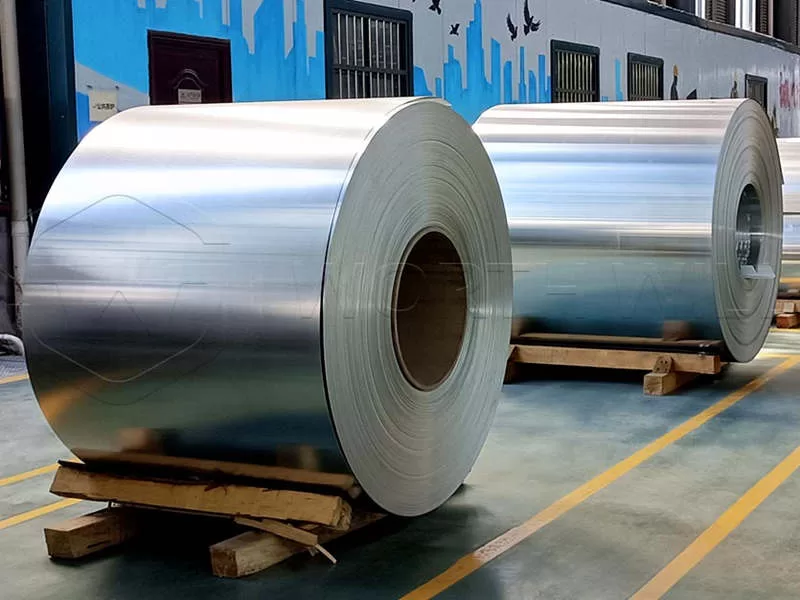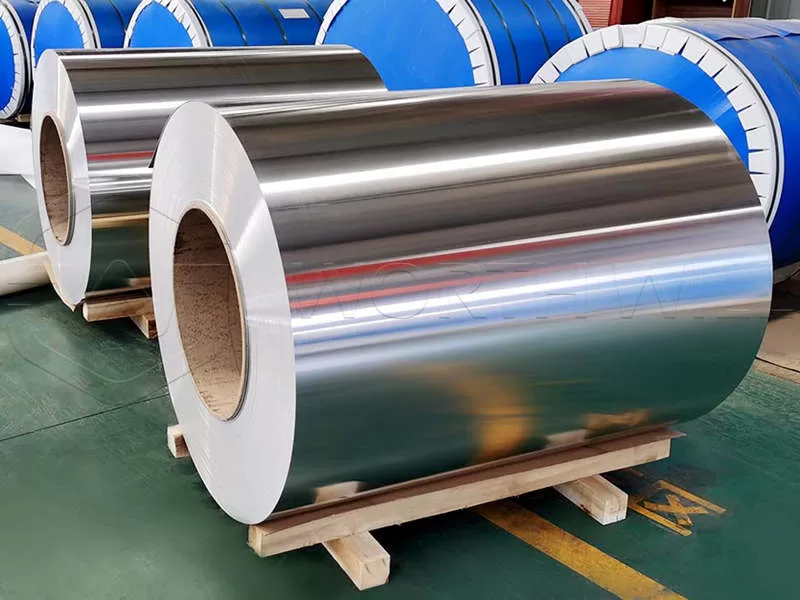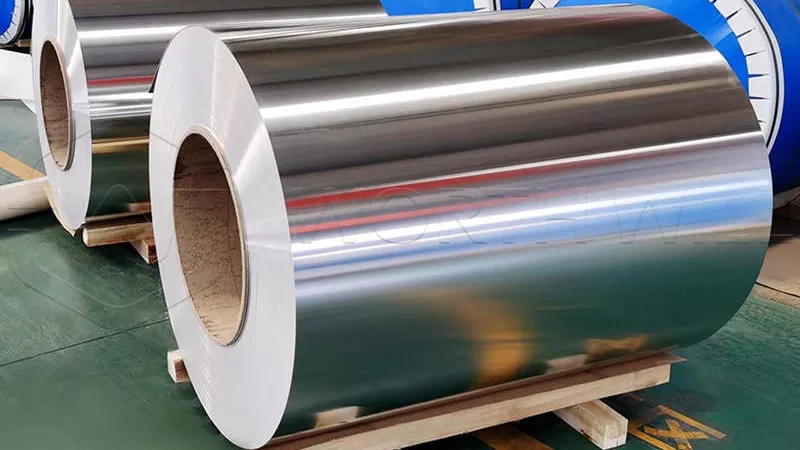When selecting aluminum for your project, two commonly considered grades are 3003 and 1050. Both of these alloys are widely used in various industries, but they each have unique properties that make them suitable for different applications.


1. Composition
- 1050 Aluminum: This alloy is part of the 1000 series, which means it is essentially pure aluminum, containing about 99.5% aluminum content. The high aluminum content gives 1050 aluminum excellent corrosion resistance and high electrical conductivity. However, it has relatively low strength compared to other aluminum alloys.
- 3003 Aluminum: 3003 aluminum is an alloy that contains approximately 1.2% manganese and 98% aluminum. The addition of manganese improves its strength and corrosion resistance, making it stronger than 1050 aluminum while still maintaining good workability.
2. Strength and Hardness
- 1050 Aluminum: While 1050 is known for its excellent ductility, it has lower strength compared to other aluminum alloys. This makes it suitable for applications where forming and bending are more critical than structural integrity.
- 3003 Aluminum: With the addition of manganese, 3003 aluminum offers increased strength and hardness over 1050. This makes it more suitable for applications where moderate strength is required while still offering good formability.
3. Corrosion Resistance
- 1050 Aluminum: One of the main advantages of 1050 aluminum is its excellent corrosion resistance, particularly in environments where resistance to chemicals and moisture is essential. Its high purity makes it an ideal choice for chemical processing, food packaging, and applications where corrosion resistance is paramount.
- 3003 Aluminum: Although 3003 aluminum also has excellent corrosion resistance, it is slightly lower than that of 1050 due to the presence of manganese. However, 3003 still performs well in most environments, including those exposed to moisture and chemicals.
4. Formability and Workability
- 1050 Aluminum: Known for its excellent formability, 1050 aluminum is easy to bend, shape, and draw. Its high ductility makes it ideal for applications that require complex forming, such as in manufacturing cookware, lighting fixtures, and heat exchangers.
- 3003 Aluminum: 3003 aluminum also offers good formability, although it is slightly harder to work with than 1050 due to its increased strength. It can still be easily bent, shaped, and welded, making it a versatile option for a wide range of applications.
5. Electrical Conductivity
- 1050 Aluminum: With its high purity, 1050 aluminum offers excellent electrical conductivity. This makes it a preferred choice for electrical applications, such as bus bars, conductor strips, and other components where conductivity is critical.
- 3003 Aluminum: While 3003 aluminum also has good electrical conductivity, it is lower than that of 1050. For applications where conductivity is less of a concern, 3003 may still be a viable option.
6. Applications
- 1050 Aluminum: Due to its high purity and excellent formability, 1050 aluminum is commonly used in:
- Electrical components and conductors
- Chemical and food processing equipment
- Heat exchangers and radiators
- Architectural applications, such as decorative elements and facades
- 3003 Aluminum: The increased strength and good corrosion resistance of 3003 aluminum make it suitable for:
- Cooking utensils and kitchen equipment
- Roofing, siding, and gutters
- Storage tanks and pressure vessels
- HVAC systems and heat exchangers
7. Cost
- 1050 Aluminum: As a high-purity aluminum alloy, 1050 is generally more affordable than 3003. Its cost-effectiveness makes it an attractive option for projects that do not require enhanced strength or durability.
- 3003 Aluminum: While 3003 aluminum is slightly more expensive due to its alloying elements, its improved strength and versatility may justify the higher cost for applications that demand these qualities.
Conclusion
When deciding between 1050 and 3003 aluminum, the choice ultimately depends on the specific requirements of your project. If you need a material with high formability, excellent corrosion resistance, and good electrical conductivity at a lower cost, 1050 aluminum may be the better option. On the other hand, if your application requires greater strength, moderate corrosion resistance, and still good workability, 3003 aluminum is likely the better choice.
By understanding the differences between these two aluminum alloys, you can make an informed decision that aligns with your project’s needs and budget.
